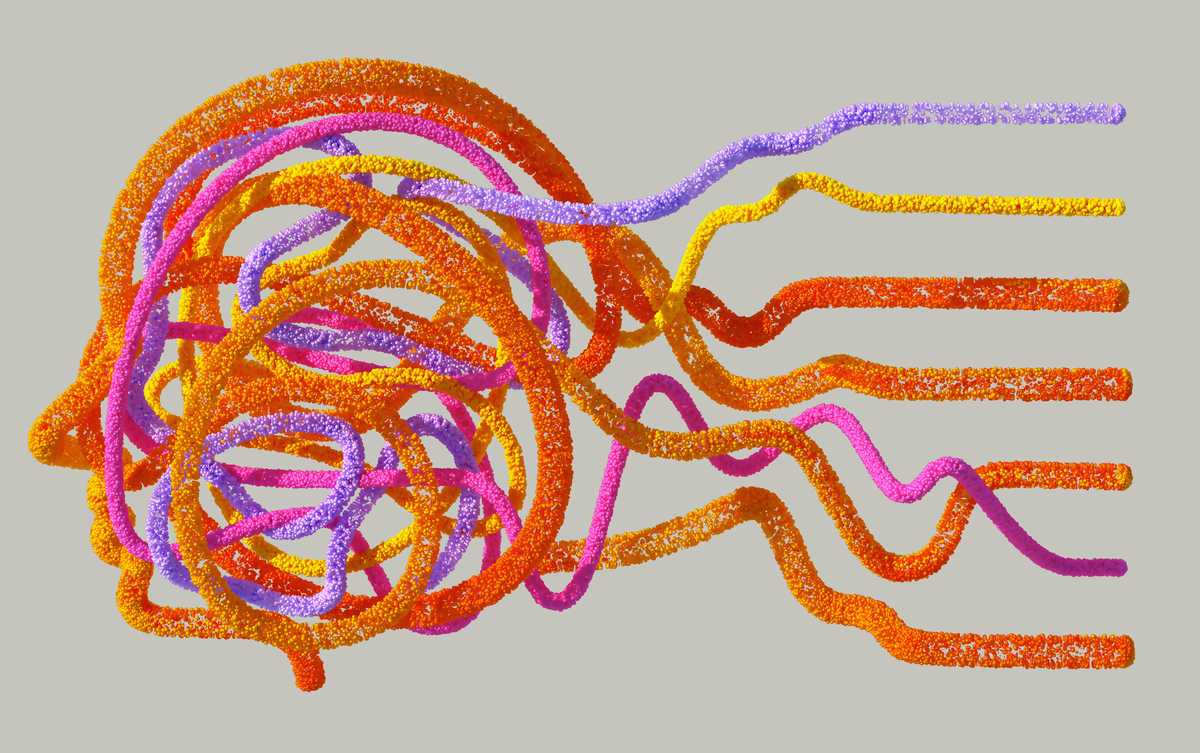Building muscle isn't just about lifting weights; it's a complex process that involves several biological mechanisms. Let's dive into the science of muscle growth and understand how your muscles actually get bigger.
What is Muscle Hypertrophy?
Muscle hypertrophy is the scientific term for muscle growth. It refers to the increase in the size of muscle cells, which leads to an overall increase in muscle mass. This process is triggered by resistance training and proper nutrition.
The Role of Resistance Training
Resistance training, such as weightlifting, causes microscopic tears in your muscle fibers. This damage triggers a repair process that leads to muscle growth. Your body responds to the stress of resistance training by building new muscle tissue.
The Importance of Protein
Protein is essential for muscle growth. It provides the amino acids that your body needs to repair and rebuild muscle tissue. When you eat protein, your body breaks it down into amino acids, which are then used to build new muscle proteins.
The Role of Hormones
Hormones play a crucial role in muscle growth. Testosterone, growth hormone, and insulin-like growth factor (IGF-1) are all involved in the muscle-building process. These hormones stimulate protein synthesis and promote muscle growth.
The Importance of Recovery
Your muscles grow when you're resting, not when you're working out. Recovery is essential for muscle growth. When you rest, your body can repair and rebuild muscle tissue. Make sure you're getting enough sleep and taking rest days between workouts.
Progressive Overload
Progressive overload is the principle of gradually increasing the stress on your muscles over time. This can be done by increasing the weight, reps, or sets you lift. Progressive overload is essential for continued muscle growth.
Remember, building muscle is a complex process that involves resistance training, proper nutrition, adequate rest, and progressive overload. It's about understanding the science behind muscle growth and applying it to your training.
